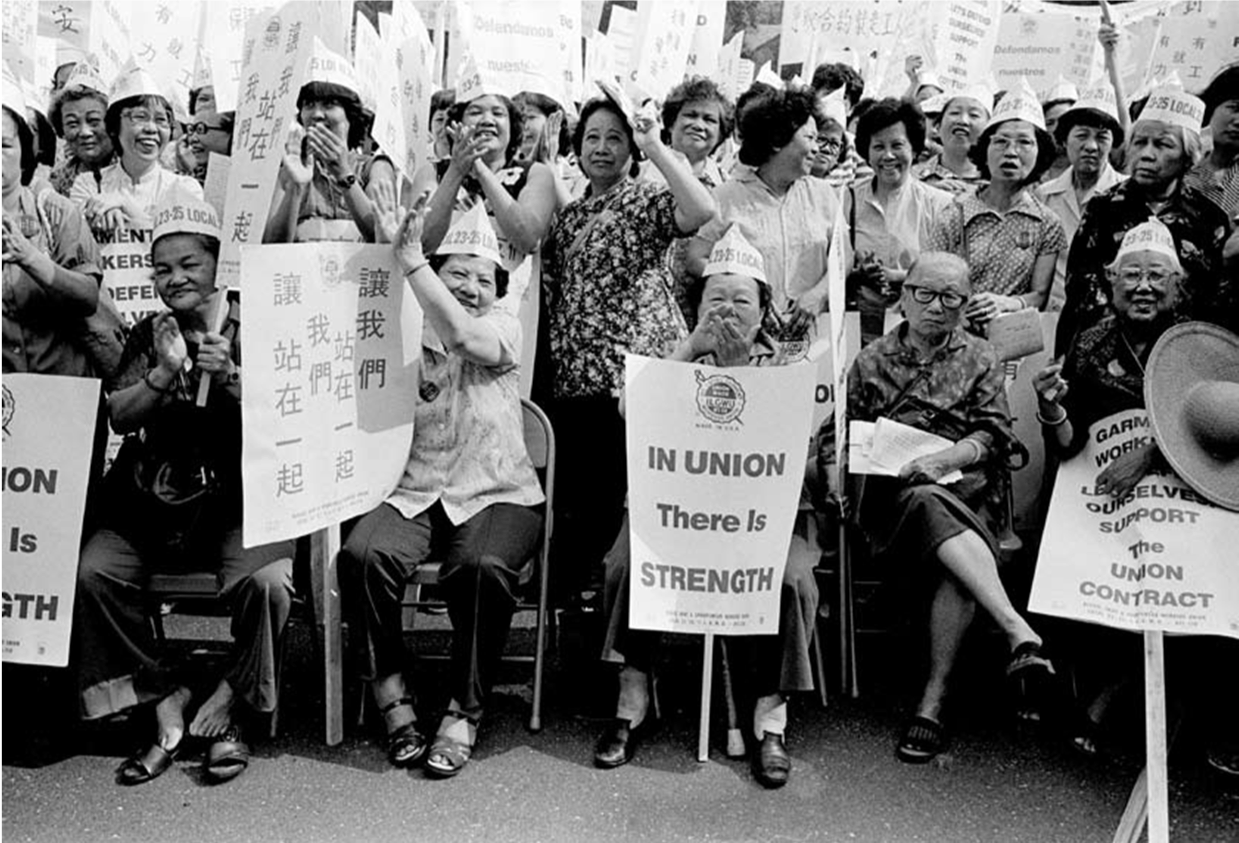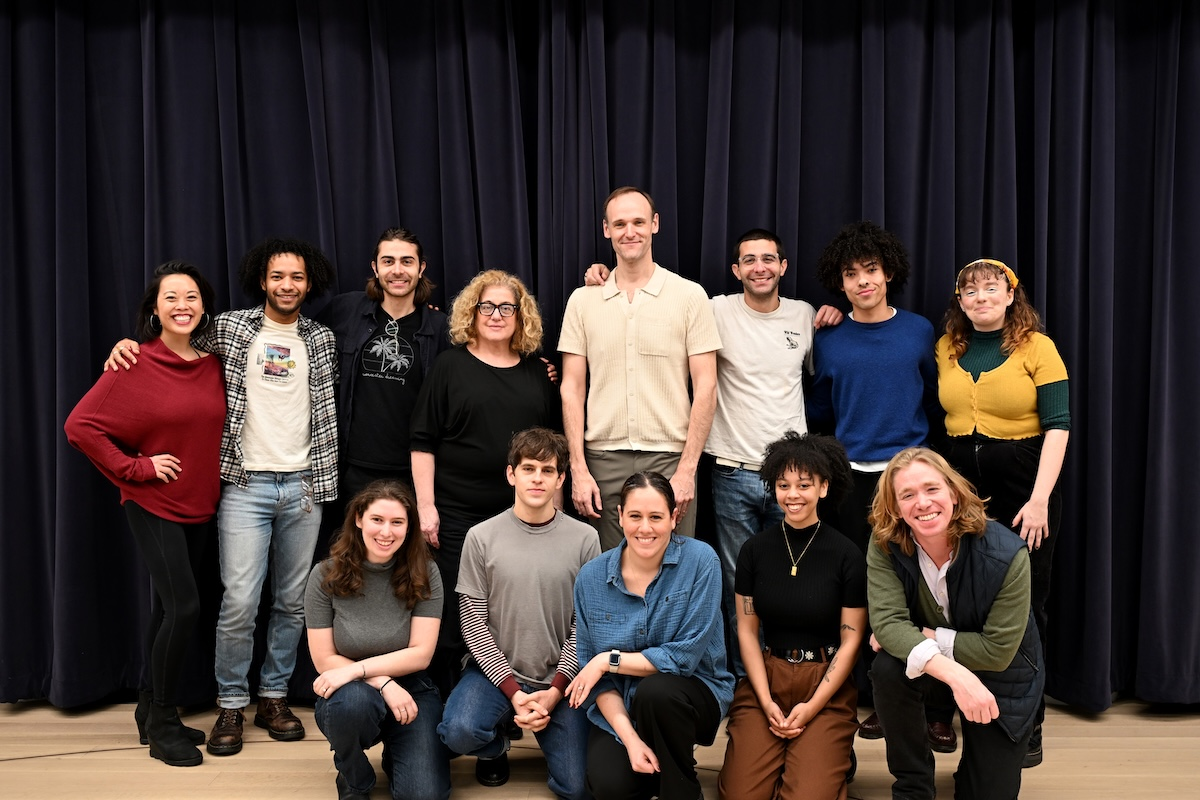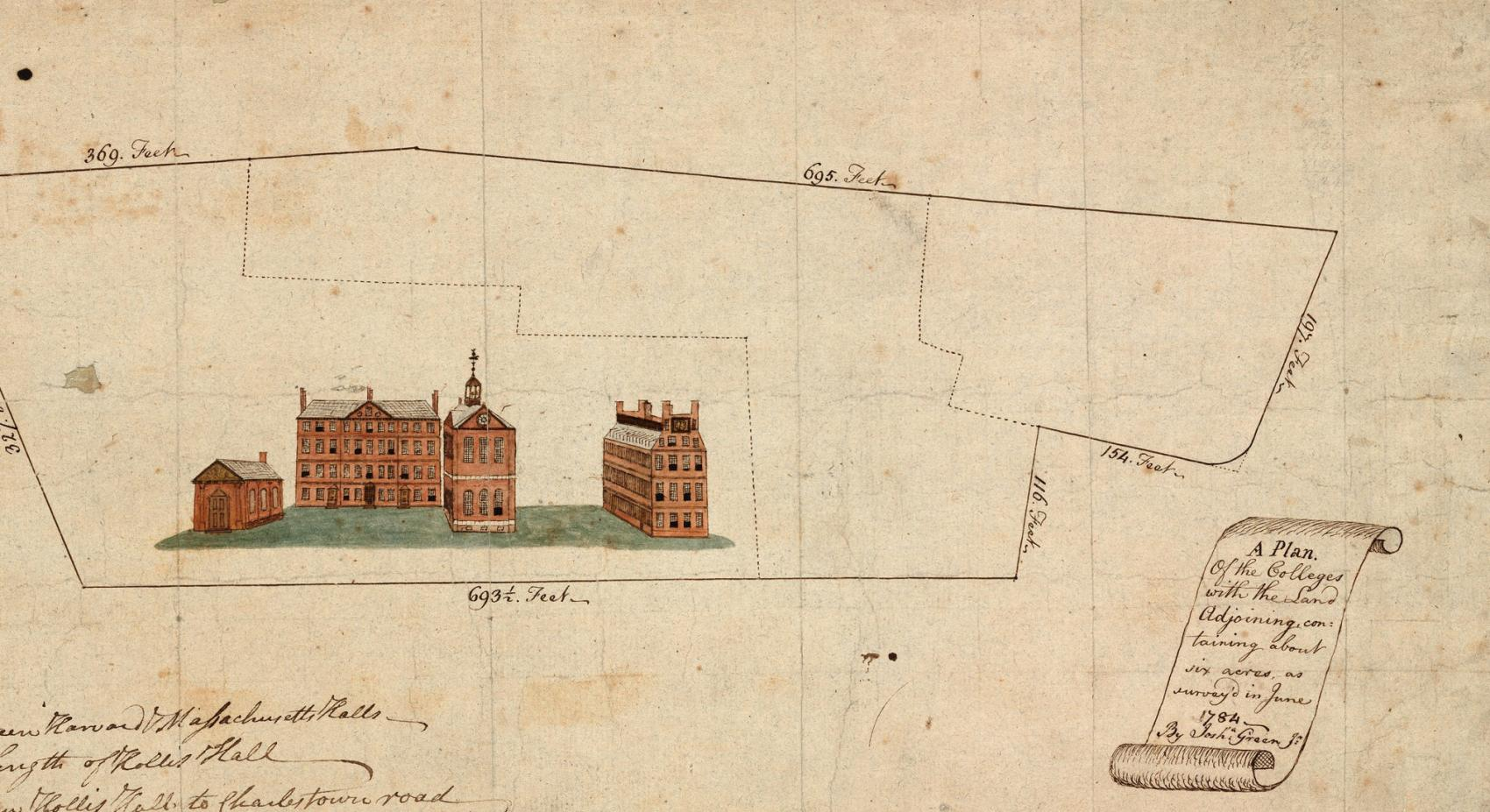Asian American women’s history reveals a rich and often overlooked narrative that has shaped the fabric of American society. Through exhibitions like the Schlesinger Library exhibit, we gain insight into the hidden histories of women who have been both marginalized and celebrated. This significant history showcases the journey and contributions of Asian American women, from early court cases that highlighted their rights to contemporary portrayals in media and arts. Artifacts of Asian Americans displayed in the exhibit, such as photographs and documents, bridge the gap between past and present, inviting a deeper understanding of this vital community. As we explore these stories, we recognize the critical role Asian American women play in the broader tapestry of American history.
The chronicles of women of Asian descent in America unveil a wealth of experiences that deserve recognition and celebration. These narratives often reflect broader themes of identity, resistance, and resilience that resonate with many communities today. By examining these alternatives to mainstream historical narratives, we uncover layers of significance behind the contributions of Asian women, which have frequently been eclipsed by more dominant cultural stories. The Schlesinger Library exhibition not only highlights these stories through captivating artifacts but also invites discussions about the historical erasure many of these women faced. Through this lens, we may better appreciate the integral role that Asian American women have played in shaping social change throughout the country’s history.
The Hidden Histories of Asian American Women
Asian American women’s history remains an undervalued and often overlooked segment of American culture. Despite their significant contributions to the nation’s narrative, the identities and stories of these women have frequently been marginalized. The Schlesinger Library’s exhibit, ‘Illuminate: Contextualizing Asian American Women’s Stories Through the Archives,’ aims to bring to light these hidden histories, featuring artifacts that document the lives and struggles of women throughout the past 150 years. From vintage photographs to personal letters, this compilation acts as both a narrative and an artifact of Asian American history, challenging the viewer to reconsider the representation of these women.
Curator Victor Betts emphasizes the importance of recognizing these stories, stating that they are often pushed to the margins of historical accounts. The exhibit not only highlights the invisibility of Asian American women’s contributions but also engages viewers in reflecting on how these narratives were shaped or suppressed over time. By presenting these artifacts, the Schlesinger Library invites the public to confront and acknowledge the complex histories surrounding Asian American women, leading to a broader understanding of their roles in shaping American culture.
Artifacts as Windows into Asian American History
Within the confines of the Schlesinger Library exhibit, visitors encounter a diverse array of artifacts that serve as poignant reminders of Asian American women’s contributions. For instance, the photographs of Ainu and Visayan women from the 1904 St. Louis World’s Fair reveal a narrative of misrepresentation and exploitation. These women were displayed as living exhibits, capturing the curiosity of onlookers while their actual lives and identities were rendered invisible. Such artifacts not only document historical events but also raise questions about agency and identity, thereby allowing a deeper exploration into the legacy of Asian American women.
The exhibit goes beyond traditional narratives by including materials that provide context to the political and cultural landscape that shaped Asian American women’s experiences. For example, the inclusion of political posters, comic books, and personal zines reveals how these women used their voices to advocate for equity and justice. As showcased by local artist Shaina Lu’s commissioned artwork, the exhibit is designed to illuminate the interconnectedness of history and culture, emphasizing that artifacts are not just relics but stories waiting to be told. Through these mediums, the complexities of Asian American women’s history can be understood and appreciated in their full scope.
Educating Through Collaboration: A Model for Future Generations
The educational framework for the Schlesinger Library’s exhibit is rooted in collaboration, combining the talents of students, archivists, and historians to create a comprehensive exploration of Asian American women’s history. This approach underscores the importance of preserving and interpreting archival materials through various lenses, as seen in the undergraduate course, ‘Asian American Women’s History in the Schlesinger Library.’ By allowing students to engage directly with the archives, educators cultivate a hands-on understanding of history, bridging the divide between academic study and personal connection.
Students like Christian D. Topinio and Sophia Wang discovered the significance of their findings, researching everything from historical photography to legal cases that highlight Asian American women’s fight for rights and recognition. This educational model illustrates how the act of examining hidden histories can empower students and invigorate their understanding of social justice issues. As they piece together narratives that have long been silenced, these students not only honor the legacy of past activists but also draw parallels to contemporary challenges facing the Asian American community today.
The Role of Archival Material in Shaping Awareness
Archival materials play a crucial role in shaping public awareness about the histories and experiences of Asian American women. The Schlesinger Library’s endeavor to collect and present these artifacts highlights the need for ongoing documentation and preservation of narratives that have historically been neglected. By showcasing a range of materials, the exhibit acts as a catalyst for discussions around the importance of recognizing diverse contributions to the societal fabric. It fosters a greater appreciation for the rich history that Asian American women hold, which is often absent from mainstream historical narratives.
Moreover, the skills gained by researchers and students involved in unpacking these artifacts exemplify the impact of archival study. As participants delve into the details of their findings, they gain critical insights into the nuances of cultural heritage and its implications for understanding American history in a holistic manner. The stories revealed through careful examination of archives serve as reminders of individual resilience and collective struggle, reinforcing the significance of preserving these narratives for future generations to draw lessons from.
Intersectionality in Asian American Women’s Experiences
Intersectionality plays a vital role in the narratives of Asian American women, revealing how race, gender, and immigration status intersect to create unique challenges and experiences. The Schlesinger Library exhibit poignantly illustrates this point by incorporating materials that reflect the diverse backgrounds of Asian American women, from the era of Japanese internment to contemporary issues of anti-Asian violence during the COVID-19 pandemic. By recognizing the manifold layers of identity that shape experiences, the exhibit encourages viewers to approach the history of Asian American women through a nuanced lens.
The concept of intersectionality not only emphasizes the diversity within the Asian American community but also underscores how systemic inequalities affect these women differently. Through the stories of individuals like Ah Fong and her legal battle in the 19th century, the exhibit reveals the complexities of fighting for rights as an Asian immigrant woman at a time when societal structures were stacked against her. This critical examination of multiple identities provides essential context to the understanding of legal and social struggles faced by Asian American women, thereby enriching the dialogue surrounding their histories.
Creating Visibility Through Artistic Expressions
Artistic expressions have the power to create visibility for marginalized narratives, and the ‘Illuminate’ exhibit effectively harnesses this concept. With artwork from local artists like Shaina Lu, the exhibit transforms the space into a dialogue between history and creativity, allowing contemporary interpretations of the past to emerge. By integrating visual arts with archival materials, the exhibit broadens the scope for expressing Asian American women’s experiences, making history feel more accessible and relevant to today’s audiences.
These artistic contributions are essential in fostering connection and empathy, as they invite viewers to engage with the narratives on a sensory level. The translucent illustrations by Lu, which filter light into the gallery, symbolize the illumination of previously hidden stories, emphasizing the importance of representation in art. Through these creative mediums, the exhibit not only honors the past but also inspires future generations of artists and historians to continue exploring and sharing Asian American women’s stories.
Challenging Historical Narratives of Asian American Women
The Schlesinger Library exhibit serves as a powerful vehicle for challenging prevailing historical narratives surrounding Asian American women. Often regarded as silent figures in the broader context of U.S. history, this exhibit boldly reclaims their voices and experiences. By questioning the conventional understanding of historical events and the representation of Asian American women’s roles, the exhibit encourages a re-evaluation of historical accuracy and inclusivity. This effort to rectify historical omissions is crucial for understanding the fullness of American history.
As audiences engage with the exhibit, they are prompted to consider how the narratives presented reflect broader societal attitudes and biases. The inclusion of lesser-known stories—such as those of women depicted as ‘living exhibits’—invites individuals to confront uncomfortable truths about colonialism and objectification. By unraveling these complex legacies, the exhibit strives to foster a more equitable framing of history, one that honors the contributions of Asian American women and acknowledges their rightful place within the national dialogue.
The Importance of Community Engagement in Documenting History
Community engagement is a necessary aspect of documenting and preserving the history of Asian Americans, particularly women, whose stories remain largely untold. The Schlesinger Library’s approach to curating this exhibit involves collaboration with community members, activists, and scholars, ensuring that the narratives shared are authentic and reflective of lived experiences. This model not only enriches the exhibit but also fosters relationships between the library and the diverse Asian American communities, helping to establish trust and encourage shared storytelling.
Through outreach initiatives, the exhibit invites community members to contribute their own memorabilia and stories, making it a collective effort rather than a solitary academic endeavor. This process acknowledges the importance of grassroots participation in preserving history, recognizing that local voices are invaluable in constructing a more comprehensive account of the past. Such engagement highlights the dynamic interplay between community memory and scholarly research, which ultimately leads to a more inclusive representation of Asian American women’s history.
Expanding the Archives: Future Directions
Looking ahead, the Schlesinger Library aims to expand its collections and deepen its focus on Asian American women’s stories. As curator Victor Betts notes, a comprehensive understanding of American history cannot be achieved without incorporating the narratives of all communities. The library’s commitment to increasing its archival materials encourages further research and scholarship that can challenge prevailing historical interpretations. This move towards inclusivity not only enriches the academic discourse but also sets a precedent for other institutions to follow suit.
By prioritizing the documentation and preservation of Asian American women’s experiences, the Schlesinger Library serves as a model for future exhibits and academic practices. The lessons learned from ‘Illuminate’ can inspire similar programs across the country, leading to a broader recognition and celebration of the contributions of Asian American women. In this way, the library not only fulfills its mission as an educational resource but also plays a pivotal role in shaping a more just and comprehensive historical narrative.
Frequently Asked Questions
What is the significance of the Schlesinger Library exhibit on Asian American women’s history?
The Schlesinger Library exhibit titled “Illuminate: Contextualizing Asian American Women’s Stories Through the Archives” highlights the largely invisible past of Asian American women, showcasing artifacts and stories spanning 150 years. This exhibit not only brings attention to their roles in history but also encourages viewers to rethink their assumptions about these women’s contributions, emphasizing their significance in American history.
How does the Schlesinger Library’s archival work contribute to the understanding of Asian American women’s history?
The Schlesinger Library plays a vital role in uncovering the hidden histories of Asian American women by preserving and showcasing artifacts, photos, and stories. This effort helps to fill the historical gaps and elevate the narratives of women like Ah Fong, a legal pioneer, thereby enriching the overall narrative of Asian Americans and their influence in American society.
What kind of artifacts related to Asian American women’s history are featured in the Schlesinger Library exhibit?
The exhibit features a diverse range of artifacts including historical photographs, political posters, comic books, and zines, which reflect the experiences of Asian American women from the 19th century to contemporary times. This collection illustrates the intersections of their stories with significant historical events such as the Chinese Exclusion Act and the Civil Rights Movement.
How does the Schlesinger Library recognize the contributions of Asian American women in their history?
The Schlesinger Library recognizes the contributions of Asian American women by actively collecting and archiving their stories and artifacts. This includes collaborating with students to research and present these narratives, providing a platform for Asian American women to share their histories on their own terms, and emphasizing their roles as leaders and activists within their communities.
What challenges have Asian American women historically faced in being represented in history?
Asian American women have historically faced challenges of erasure and marginalization in historical narratives. Often viewed as objects of curiosity, their stories have been underrepresented due to colonial hierarchies and societal norms. The Schlesinger Library’s efforts aim to address this imbalance by bringing their stories and contributions to the forefront of American history discussions.
Why is it important to spotlight Asian American women’s history at exhibits like the one at the Schlesinger Library?
Spotlighting Asian American women’s history is crucial for a comprehensive understanding of American history. By showcasing their experiences and contributions, such as those documented at the Schlesinger Library, we can gain a better understanding of the diverse narratives that shape the nation. This visibility not only honors their legacy but also inspires future generations to recognize and document their stories.
What can attendees expect to learn from the Schlesinger Library’s Asian American women’s history exhibit?
Attendees of the Schlesinger Library’s exhibit can expect to learn about the often-overlooked roles of Asian American women in American history, the unique challenges they faced, and their contributions to social justice movements. The exhibit encourages critical reflection on broader themes of representation, identity, and the importance of recognizing diverse histories within the American story.
How do current narratives of Asian American women differ from those in the past?
Current narratives of Asian American women often emphasize self-representation and agency, showcasing their own voices and stories, unlike in the past when they were frequently marginalized or portrayed through a colonial lens. Contemporary efforts, such as those seen in the Schlesinger Library’s exhibit, highlight the importance of reclaiming history and empowering Asian American women to tell their own stories.
What role do students play in the curation of the Schlesinger Library’s Asian American women’s history exhibit?
Students play a significant role in the curation of the Schlesinger Library’s exhibit by actively engaging in research and contributing their findings to the project. Through collaboration with archivists and professors, students help illuminate the histories of Asian American women, thus fostering a deeper academic understanding and encouraging fresh perspectives on these critical narratives.
What themes are explored in the Schlesinger Library’s exhibit on Asian American women’s history?
The exhibit explores themes of visibility and erasure, examining how Asian American women’s stories have been marginalized in historical narratives. It also delves into issues of immigration, identity, activism, and the impact of sociopolitical events on Asian American women’s lives, providing a comprehensive look at their vital contributions to American society.
| Key Points |
|---|
| The Schlesinger Library’s new exhibition focuses on the often-unseen history of Asian American women, highlighting their narrative through archival materials. |
| Artifacts include images of Ainu and Visayan women from the 1904 St. Louis World’s Fair, illustrating their marginalization. |
| The exhibition is designed to engage viewers and prompt reflection on societal perceptions of Asian and Asian American women. |
| Students in a co-taught course have been instrumental in uncovering and analyzing these women’s stories, emphasizing their historical significance. |
| The show links past injustices, like the Chinese Exclusion Act and Japanese internment, to contemporary issues faced by Asian American communities today. |
Summary
Asian American women’s history is crucial to understanding the broader narrative of American history, yet it often remains obscured and overlooked. The Schlesinger Library’s exhibition illustrates this invisibility while also celebrating the resilience and contributions of Asian American women. By showcasing artifacts and stories from various periods, the exhibition invites audiences to reassess their perceptions and recognize these women’s pivotal roles in shaping societal change. The collaborative efforts of students and faculty at the library serve not only to illuminate forgotten histories but also to inspire future generations to continue this vital work.



